rapp & rapp oriental auditorium theater seat ends with detachable light grilles join bldg. 51 museum collection
This entry was posted on January 3 2018 by Eric
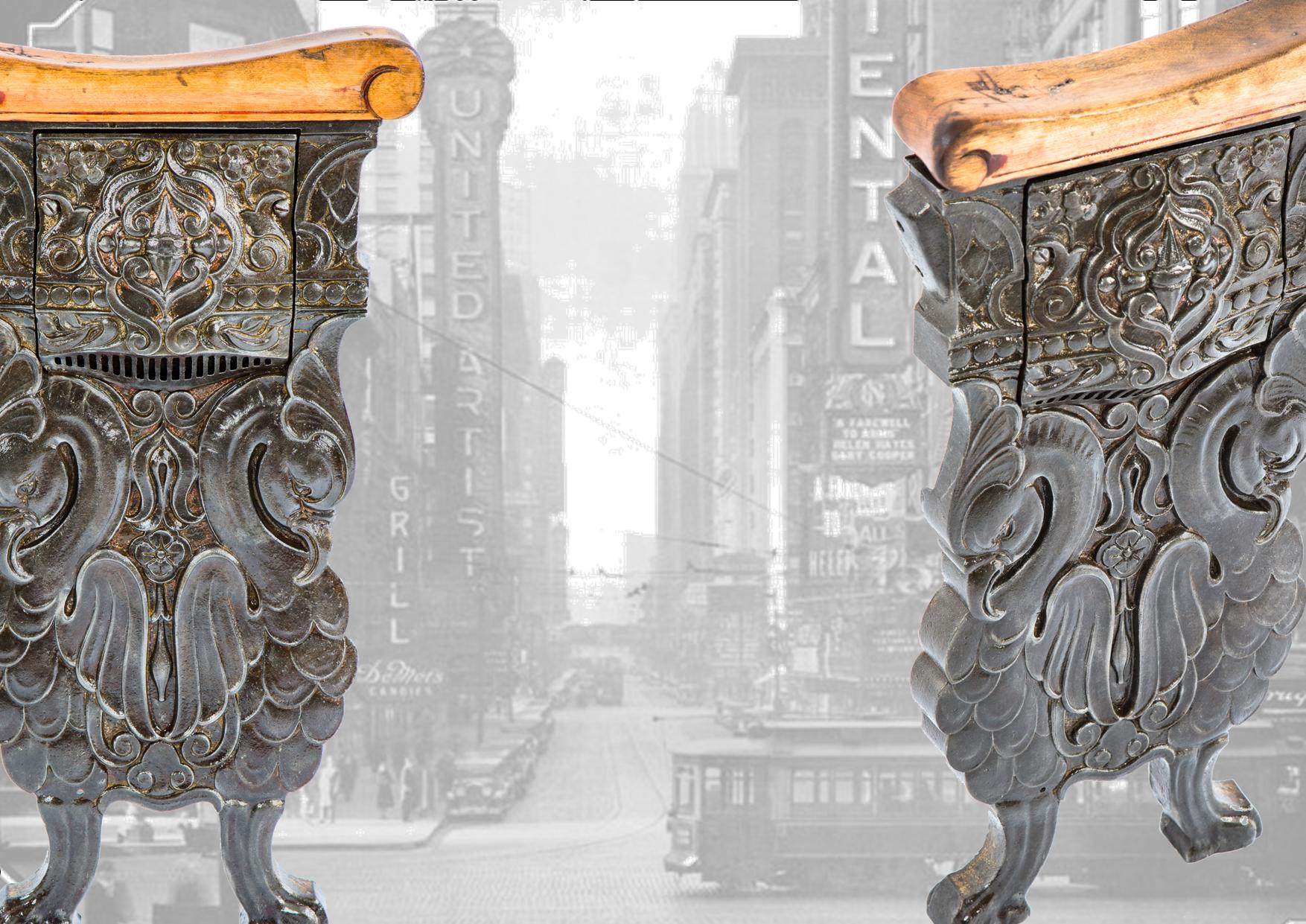
all original c. 1920's antique american ornamental cast iron interior oriental theater auditorium chair or seat end, fabricated by the heywood-wakefield company, menominee, mich. the highly ornamented single-sided cast iron figural cover seat end was salvaged from the auditorium when the seating arrangement was reconfigured during restoration in the 1990's. the theater seat ends contains a detachable cover plate originally outfitted with a diminutive incandescent light bulb designed to illuminate the aisles. the slatted bottom or grille was designed to direct the light source downward.
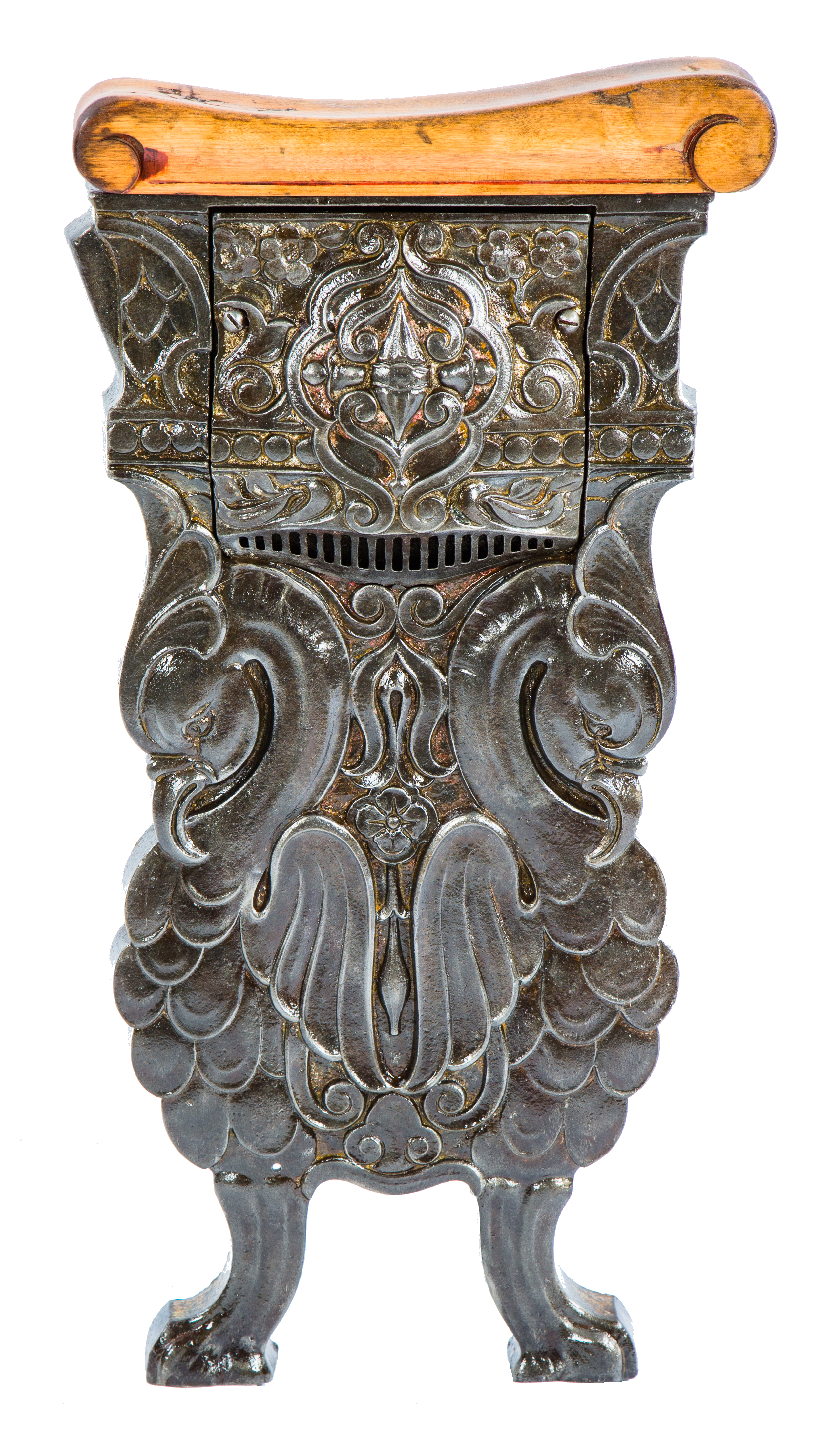
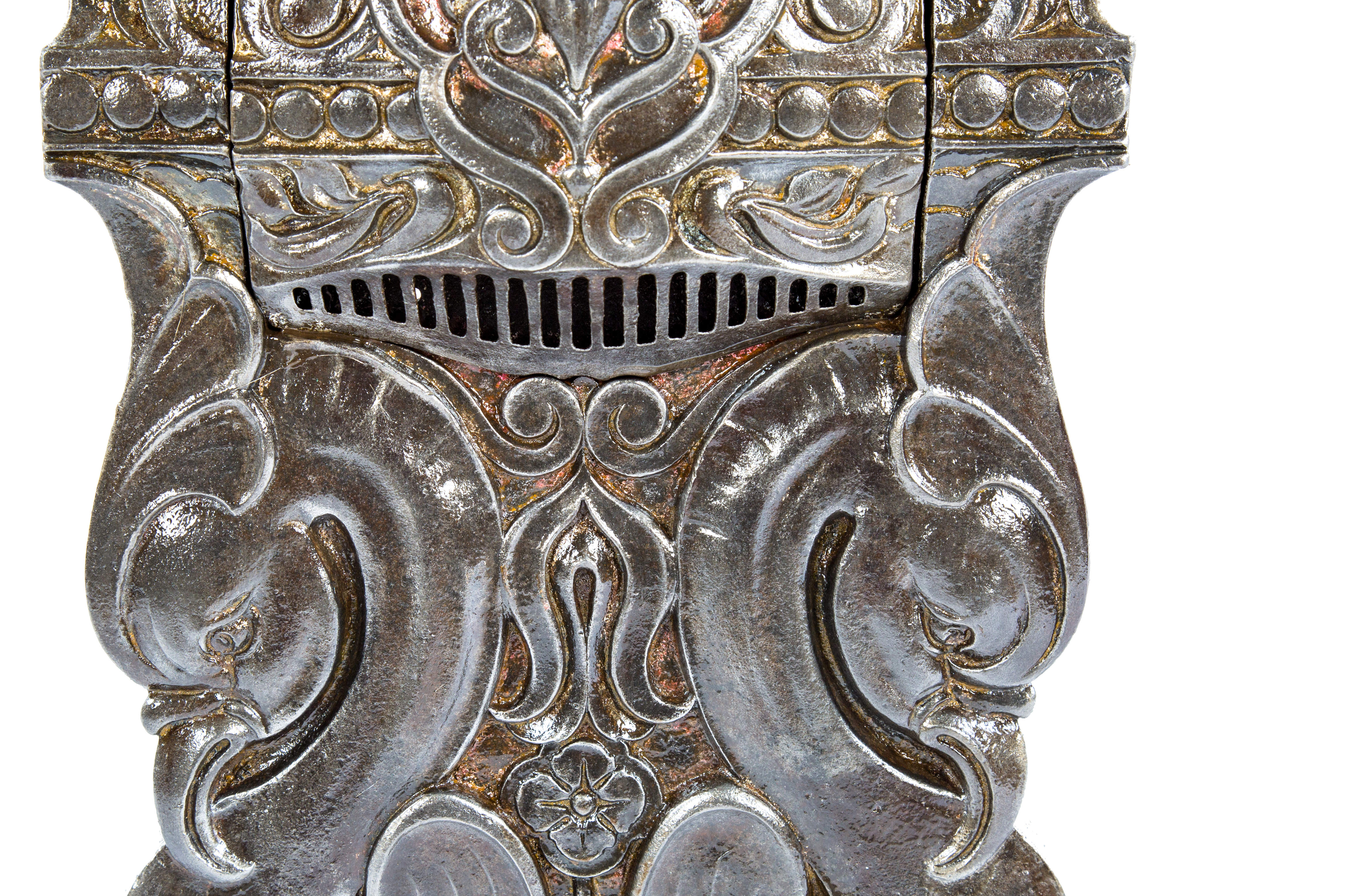
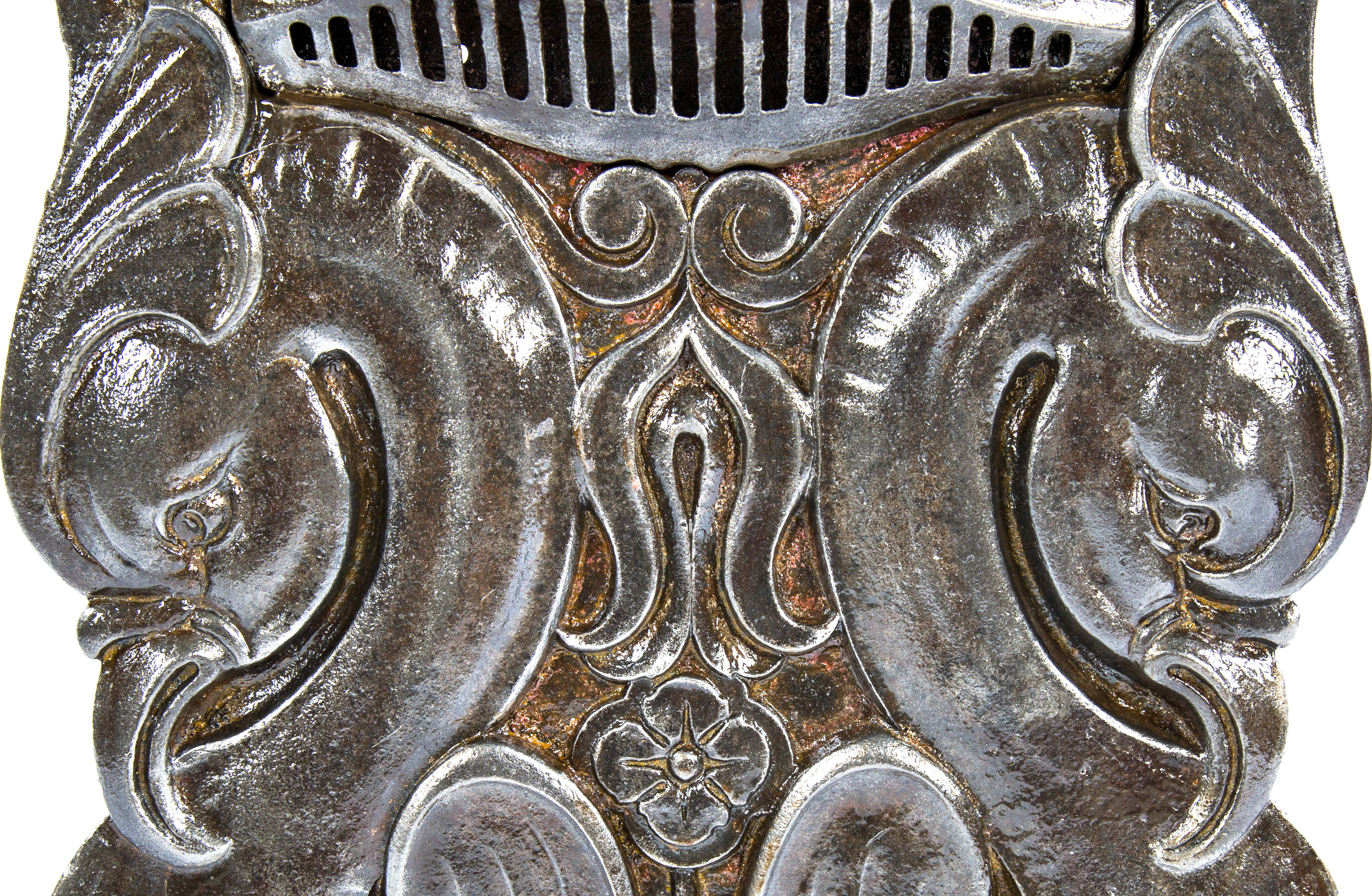
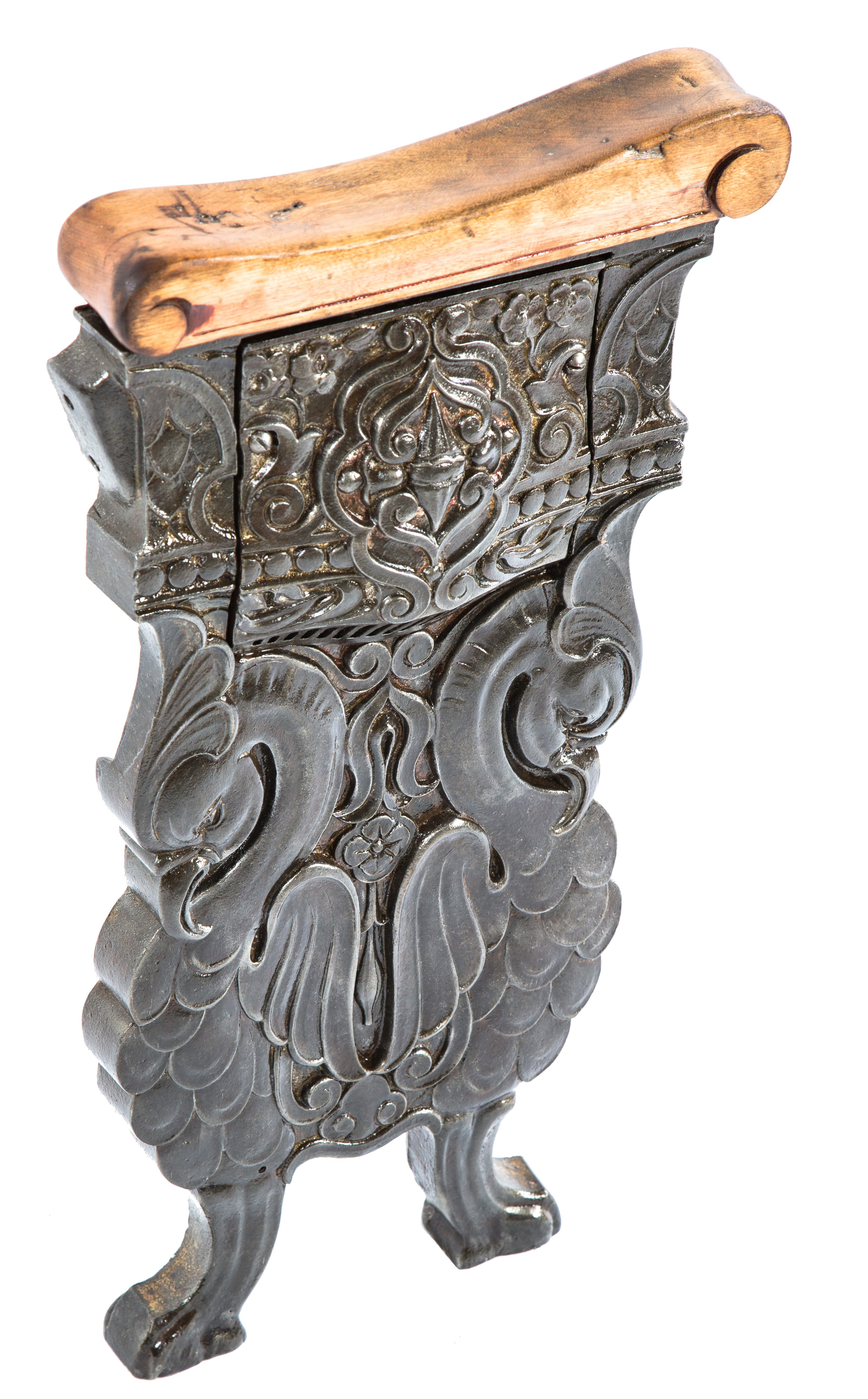
designed by the notable architectural firm of rapp and rapp, the oriental theatre opened in 1926 as one of many deluxe movie palaces constructed in chicago during the 1920's and 1930's. the theater was built on the site of the former iroquois theater (later renamed the colonial theater) which is known for the disastrous fire that occurred there in 1903, claiming over 600 lives in one evening.
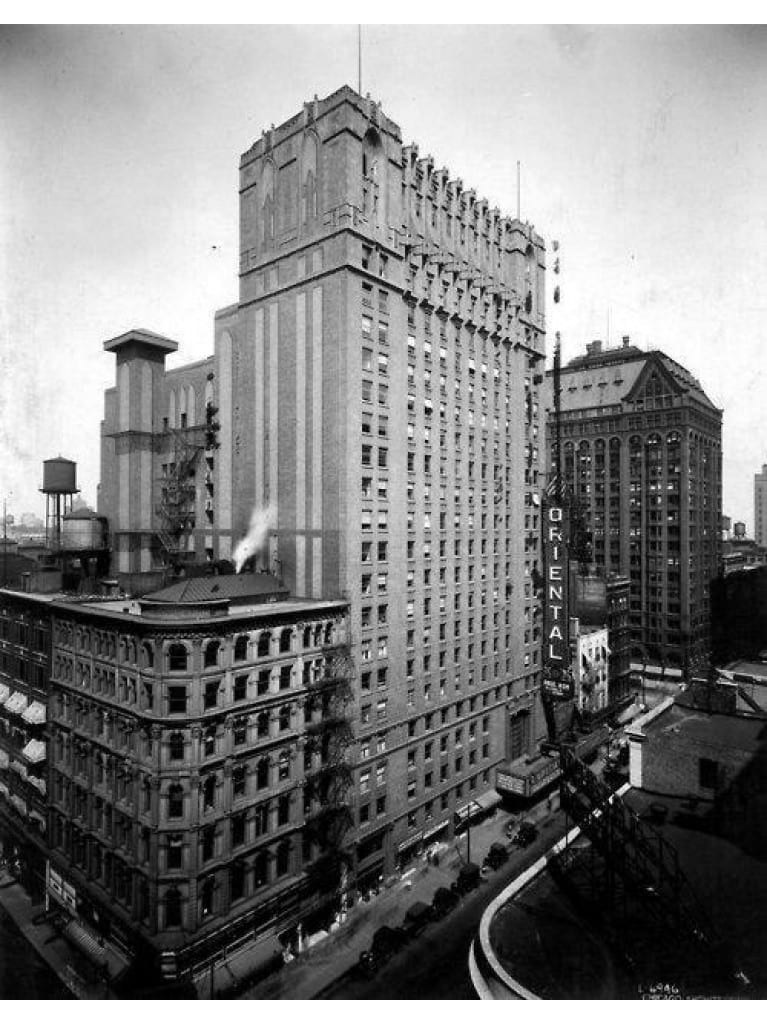
with an exotic, indian-indochinese-themed auditorium containing over 3200 seats, the magnificent oriental theater was balaban & kat'z second major theater constructed downtown after they opened the chicago theater in 1921. for many decades the oriental held live stage acts, movies and was considered one of chicago's premier locations for live jazz performances. by the late 1970's many of the grand movie palaces located in the entertainment district (which was also home to the palace theater, shubert theater, the goodman theatre and the chicago theater). randolph street was traditionally the center of downtown chicago's entertainment district until the 1960's, when the area began to decline. the now demolished united artists theatre, woods theatre, garrick theater, state-lake theatre and roosevelt theatre were located on or near randolph street) were falling into disrepair and were either demolished or reduced to (and survived by) showing "b-grade" and/or exploitation films attended by younger audiences.

the oriental theater closed its doors in january of 1980. the lobby space was converted into an electronics store while the grand auditorium sat empty. shuttered for over 15 years, the restored theater reopened october 18, 1998, with a reconfigured seating capacity of 2,253. the restored venue hosts touring broadway shows. the theater's full name is the ford center for the performing arts oriental theatre; however it is commonly called simply the oriental theatre.

during the restoration, architect daniel p. coffey created a design plan that would increase the theater's backstage area by gutting the adjacent oliver building while preserving one-third of its original steel structure, as well as the building's dearborn façade and a portion of its alley façade. the alley behind the theater is considered by many to be one of the most haunted locations in chicago. during the 1903 iroquois theater fire, many attendees jumped to their death (there was no functional fire escape platforms at the time) as the fire and smoke rapidly consumed the auditorium. a massive pile of unfortunate victims were recovered from that location (near the backstage door in the alley) shortly after the fire was struck out.
This entry was posted in , Miscellaneous, Bldg. 51, New Products, Events & Announcements, New Acquisitions, Featured Posts & Bldg. 51 Feed on January 3 2018 by Eric
WORDLWIDE SHIPPING
If required, please contact an Urban Remains sales associate.
NEW PRODUCTS DAILY
Check back daily as we are constantly adding new products.
PREMIUM SUPPORT
We're here to help answer any question. Contact us anytime!
SALES & PROMOTIONS
Join our newsletter to get the latest information
























